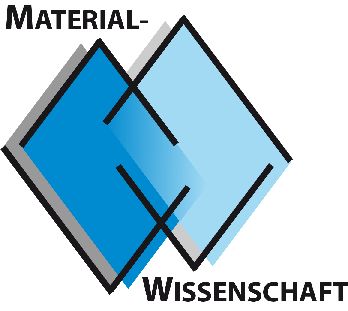Developing a non-equilibrium phase diagram from Sm-Fe-V melt-spun ribbons
Advanced Research Lab, Master Thesis
SmFe12-based compounds are considered a potential candidate for replacing Nd-Fe-B-based high-performance magnets due to their high Fe content compared to other 4f-3d compounds and their superior intrinsic magnetic properties [1]. However, their practical applications are hindered by the challenges of achieving the optimal microstructure, where hard magnetic grains are isolated within the intergranular phase. In Nd-Fe-B magnets, this is achieved through a phase equilibrium between hard magnetic Nd2Fe14B phase and low melting point phases. Recently, we obtained a similar equilibrium in the Sm-Fe-V phase diagram between the hard magnetic 1:12 phase and two low-melting liquid phases [2]. However, this is achieved for thin film samples. In this project, we aim to explore if similar results can be obtained using melt-spun ribbons, which are essential for magnet development. In this project, we will prepare a selected composition from the highlighted region in Fig. 1 using melt spinning. We will explore how we can translate the findings from thin film experiments to the context of melt-spun ribbons.
(1) In the First step, the melt spinning, excess of Sm, and annealing condition will be optimized for SmFe10V [3].
(2) In the Second step, the selected composition in the highlighted region will be prepared by applying the optimum experimental conditions.
(3) In the final step, the ribbons that show superior magnetic properties will be used to develop an isotropic and anisotropic magnet. For this purpose, hot compaction, hot deformation, and liquid sintering procedures will be preferred. (Master thesis)
[1] P. Tozman et al. Scr. Mater. 194 (2021) 113686.
[2] P. Tozman et al. Acta Mater. 258 (2023) 119197.
[3] L. Zhao et al. J. Magn. Magn. Mater. 552 (2022) 169239.



